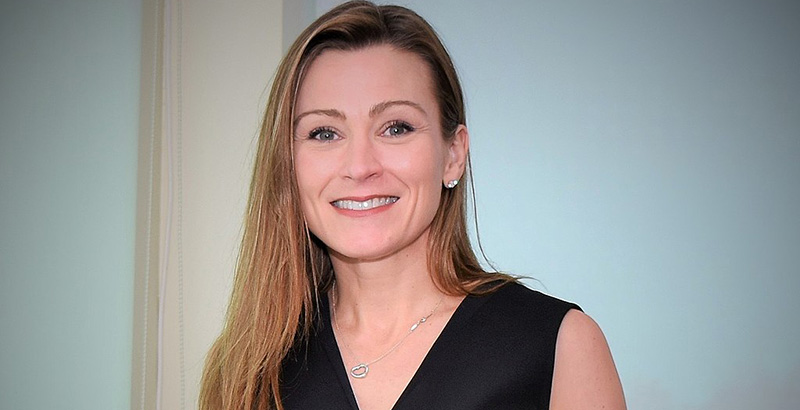After Opening Its First Charter This School Year, Puerto Rico Moves Cautiously to Scale Up Choice Options

After Hurricane Maria pummeled Puerto Rico in September 2017, the island’s public education system was shuttered. More than a year after the storm, significant recovery efforts remain underway, but Julia Keleher, the island’s reform-minded education secretary, is optimistic.
A post-hurricane education bill brought sweeping changes to Puerto Rico’s school system, including a major push for school choice — an echo of New Orleans after Hurricane Katrina in 2005. Among the law’s changes was the creation of charter schools and a private school voucher program expected to launch next year. It also broke Puerto Rico’s unitary education department into seven regions to increase local autonomy. After a union-backed legal challenge failed in court, Puerto Rico got its first charter school, referred to on the island as an escuela alianza, this school year.
In a recent interview with The 74 in Washington, D.C., Keleher reflected on the lessons learned from that first charter school and her plans for more.
An initial lesson from the first charter school, called Proyecto Vimenti and operated in San Juan by the Boys & Girls Club of Puerto Rico, centers on student health. When school leaders at Vimenti conducted health screenings on its students, who are in kindergarten and first grade, they found that a significant share had untreated vision and hearing impairments.
“There are real challenges related to poverty that impact kids in public school in Puerto Rico,” Keleher said. By providing health screenings, she said, Vimenti school officials are now able to intervene early. Taking that approach island-wide could be a major benefit to Puerto Rico’s public school system, Keleher said. More than a third of its students participate in special education, a rate that far outpaces the national average of 13 percent.
“If we look at the data from the Boys & Girls Club, it stands to reason that there may be some health-related impairments that are compromising kids’ abilities to learn,” Keleher said. “If that’s true, with a different intervention we may be able to help kids demonstrate that they’re not in need of special education services — they’re in need of some sort of assistive supports for hearing, vision, whatever it may be.”
But as Puerto Rico prepares to announce its second batch of charter schools, the biggest change from year one may be logistical. In the first year, interested organizations had only about a month to submit their applications after the education reform law was passed. This time around, they got a year. The deadline for applicants is in February. While there’s been talk of charter operators from the U.S. mainland like KIPP opening schools in Puerto Rico, Keleher doesn’t seem enamored of the idea. The island, she said, has “its own unique flavor and characteristics.”
Puerto Rico is working to bring its charter sector to scale, but Keleher said she has been cautious about ramping it up too rapidly, noting that she’s not willing to sacrifice quality. But ideally, she said, a charter school will open in each of the island’s seven education regions over the next several years.
“Right now, I have one in San Juan, but that means the community on the other side of the island, in Mayagüez, they’re not seeing that, that’s not real for them,” she said. “I would love to see at least one in each region where they … get exposure to this approach.”
Get stories like these delivered straight to your inbox. Sign up for The 74 Newsletter

;)
